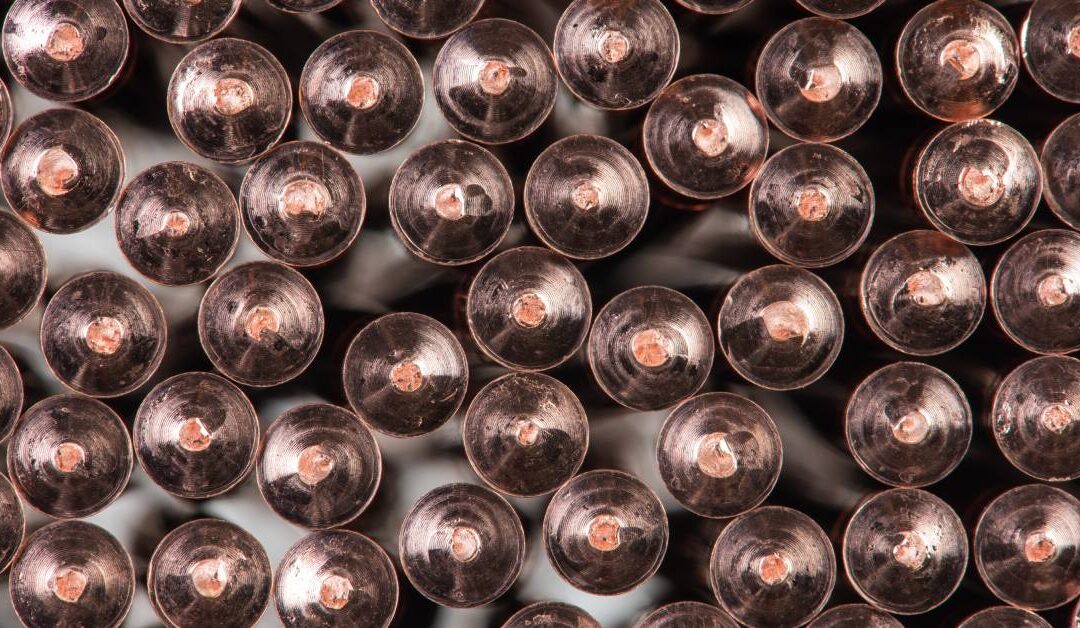Thermal conductivity is a pivotal property in understanding the efficiency and applications of various materials in thermal management systems. Copper Nickel, an alloy renowned for its balanced combination of corrosion resistance, strength, and flexibility, is especially notable in this context. This alloy’s thermal conductivity plays a significant role in industries ranging from marine engineering to electronics, where controlled heat transfer is essential.
Discover the thermal conductivity of copper nickel and why it makes this alloy a popular choice in various industries.
Understanding Thermal Conductivity
Thermal conductivity is the ability of a material to conduct heat. We measure it in watts per meter-kelvin (W/mK). It represents the amount of energy that can pass through a unit area of the material, given a temperature gradient of one kelvin per unit length.
Factors Affecting Thermal Conductivity
The thermal conductivity of any material depends on several factors, including its chemical composition, physical structure, and temperature. These factors play a significant role in determining copper nickel’s high thermal conductivity.
Chemical Composition
Copper nickel is an alloy of copper and nickel, with small amounts of other elements such as iron and manganese. The addition of these elements alters the crystal structure of the material, making it more conducive to heat transfer.
Physical Structure
Copper nickel has a face-centered cubic (FCC) crystal structure, which allows for efficient heat transfer due to its closely packed atoms. This arrangement also makes the alloy highly ductile, allowing manufacturers to form it into various shapes and sizes while maintaining its thermal conductivity.
Temperature Dependence
The thermal conductivity of copper nickel increases with temperature, meaning that it becomes even more efficient in transferring heat at higher temperatures. This conductivity makes it an excellent choice for applications that require high-temperature resistance.
Applications of Copper Nickel’s Thermal Conductivity
Copper nickel’s high thermal conductivity makes it a valuable material in various industries, including marine engineering, electronics, and power generation.
Marine Engineering
The marine engineering field commonly uses copper nickel for seawater piping systems due to its exceptional corrosion resistance and high thermal conductivity. The alloy’s ability to efficiently transfer heat helps regulate the temperature of seawater cooling systems in ships, offshore platforms, and desalination plants.
Electronics
The electronics industry also benefits from copper nickel’s high thermal conductivity. Manufacturers use this alloy in various electronic components, such as heat sinks and circuit boards to dissipate heat generated by electrical devices effectively.
Power Generation
Copper-nickel’s thermal conductivity is essential in power generation applications, particularly in nuclear power plants. Heat exchangers and condensers use this alloy to transfer heat efficiently and maintain the plant’s overall efficiency.
The thermal conductivity of copper nickel makes it a versatile material with a range of applications. Its high efficiency in transferring heat, along with its other desirable properties, makes it an excellent choice in industries where thermal management is critical. We expect the demand for copper nickel to grow as technology continues to advance, cementing its place as a vital material in various industrial sectors.
Wieland Diversified is a leading supplier of high-quality copper nickel products, offering copper nickel alloy for a variety of projects—including yours. With over 60 years of experience, Wieland Diversified offers custom solutions and excellent customer service to meet your specific needs. Contact us today to learn more about our products and services.

